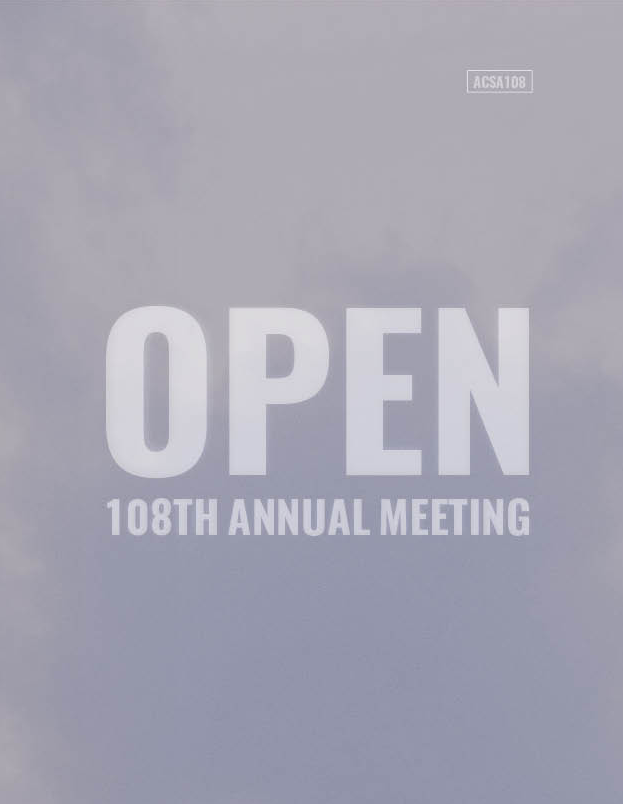Author(s): Celen Pasalar & George Hallowell
Over the last decade, a new generation of city design paradigms has emerged as a result of advancing technology. Communication and sharing technologies are now a driving force in defining new spatial development. Traditionally, urban public spaces have ensured the functional operation and resource sharing of a city, with streets, plazas, and parks playing a crucial role in supporting cultural and socio-economic functions. New sharing economies allow a process for underused resources to be easily shared or transferred to others for greater benefits to an urban community. However, these sharing economies and technologies can also dramatically redefine urban public space. As part of smart city development, designers are questioning the social, cultural and economic effects of a shared economy on the use and experience of public space, including the function and configuration of individual plazas, parks, and streetscapes. At this stage it is not yet clear how sharing economies will change the activities and formation of space in city parks, streets and plazas. Beginning with a robust examination of relevant literature, we explore the potential impacts that sharing economies and smart technology may have on the way urban public spaces are generated, used, and altered. If space in cities is a continuum from the most public along a street, to the most intimate within our homes, this spectrum can be made ambiguous by new technologies and business platforms in a sharing economy. At the public end, streetscapes will change as autonomous cars and sharing technologies alter parking, drop-off zones and driving lanes. Sharing economies may also increase, clarify, or confuse POPS (Privately Owned Public Spaces). At the extremes of the public/privacy spectrum, we study how sharing models such as AirBnB may change the nature of our living rooms, streets and neighborhoods.
https://doi.org/10.35483/ACSA.AM.108.145
Volume Editors
ISBN
978-1-944214-26-5

 Study Architecture
Study Architecture  ProPEL
ProPEL 
